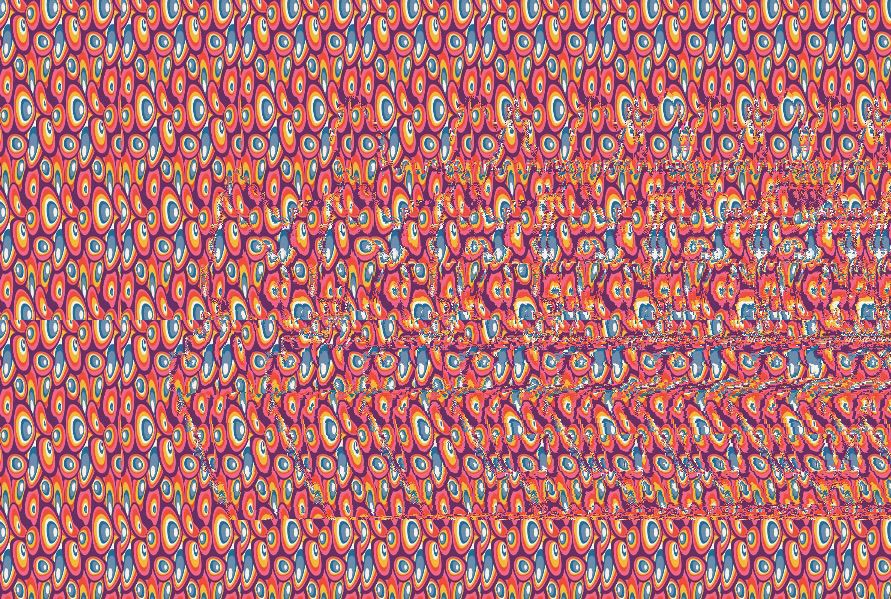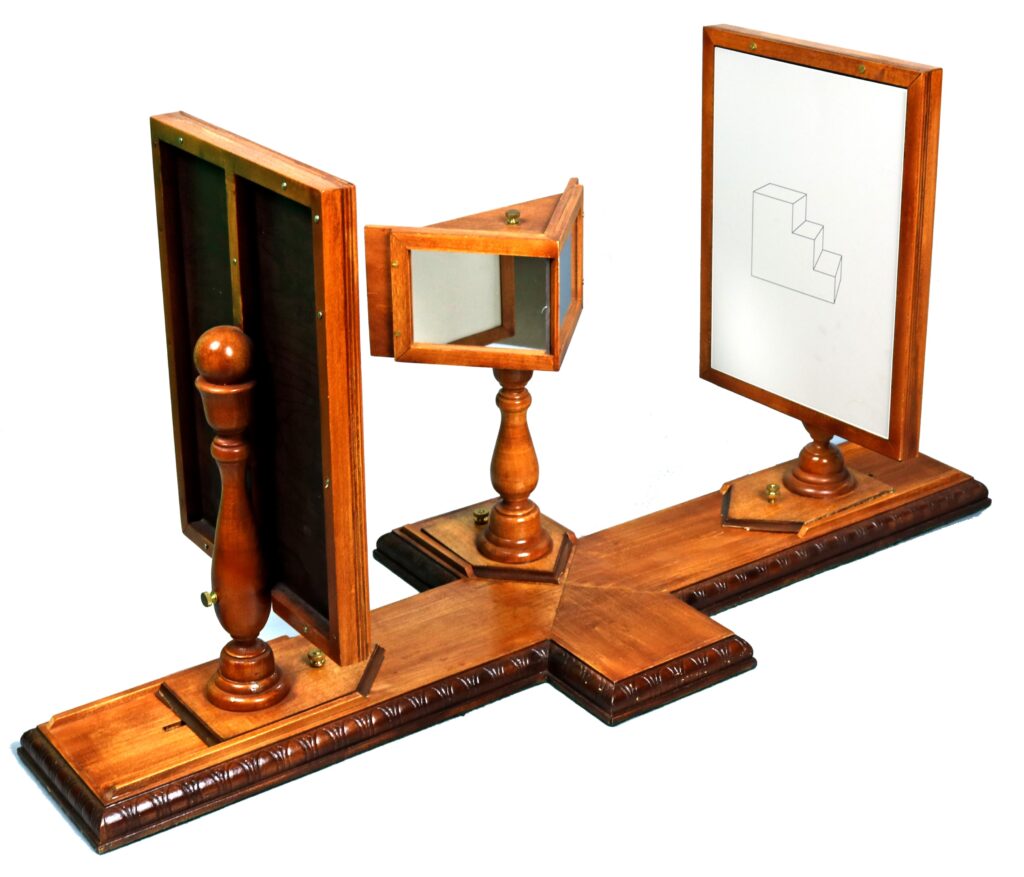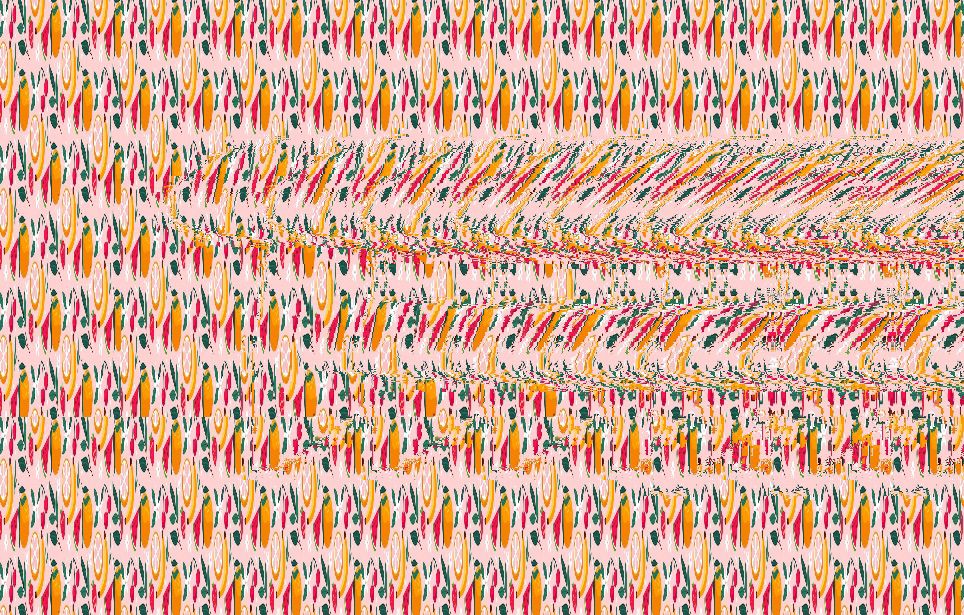In today’s screen-heavy world, our eyes work overtime every single day. From phones to laptops, it’s no surprise that many people experience eye strain, focus issues, and trouble with depth perception. That’s where stereogram vision therapy comes into play — a fun, fascinating, and effective method to train your eyes and improve your visual skills.
This therapy uses hidden 3D images (stereograms) that challenge both eyes to work together. In this article, we’ll explore the science behind stereograms, the key benefits of using them, and how to practice stereogram therapy at home. So, if you’re interested in improving your eye health and visual performance, keep reading!
What is Stereogram Vision Therapy?
Stereogram vision therapy is a type of training that strengthens your eyes by using autostereograms—images designed to create a 3D illusion when viewed with proper focus. These images challenge the brain and eyes to work together to see hidden depth, which helps improve binocular vision, focus, and eye coordination.
It’s like taking your eyes to the gym! Just as you train your muscles through physical workouts, stereogram exercises help your eyes become more coordinated and adaptive.

Key Benefits of Stereogram Vision Therapy
Many people use stereogram therapy not only for fun but also for its positive impact on visual health. Here are some of the most celebrated benefits:
- Improves Focus and Convergence: Stereogram therapy trains your eyes to focus at various distances, encouraging them to work together better.
- Enhances Depth Perception: Seeing depth in a stereogram requires your brain to interpret the spatial relationship between two images. This practice helps improve your general depth perception in everyday life.
- Reduces Digital Eye Strain: By focusing on a stereogram, you actively engage and relax the eye muscles, reducing eye fatigue caused by screens.
- Helps with Binocular Vision Problems: People with issues like lazy eye (amblyopia) or strabismus may benefit from consistent use of stereogram therapy (under guidance from a vision specialist).

How to View a Stereogram Successfully
If you’ve never seen a stereogram before, it may take a few tries to get it right. Here’s a beginner-friendly guide to help you see the hidden 3D image:
- Start with Printed Stereograms: It’s often easier to see the 3D image in print rather than on a screen.
- Relax Your Eyes: Hold the image around 12–18 inches away and try to look “through” it rather than focusing on the surface.
- Wait for the Magic: After a few seconds or even a minute, the 3D image will start to appear. Don’t get frustrated—it takes practice!
- Practice Daily: Spend 5–10 minutes a day to improve your skill and see faster results.
Once you get the hang of it, you’ll be amazed at how quickly you can “unlock” the hidden images!
Popular Tools & Methods for Practicing Vision Therapy
You can incorporate stereogram vision therapy into your daily routine using a variety of tools:
- Stereogram Books: Books like Magic Eye come with dozens of printed stereograms in one place.
- Free Online Galleries: Websites such as MagicEye.com offer high-quality stereograms for all levels.
- Mobile Apps: Apps like 3D Stereogram Therapy or Eye Care Plus offer guided exercises and new images daily.
- Printable Charts: Print your own stereograms to customize your therapy sessions and practice on the go.

Above: Stereogram from Magic Eye. Can you see the hidden shape? Explore more at The Magic eye 3D
Conclusion: A Simple Step Toward Better Visual Health
Stereogram vision therapy is more than just a visual trick—it’s an enjoyable, simple way to strengthen your eyes and boost your overall visual skills. Whether you’re a photographer seeking better depth perception or someone looking to reduce digital eye strain, this method offers surprising and lasting benefits.
Remember, consistency is key. Practice a little each day, and soon you’ll be effortlessly seeing stunning 3D images while giving your eyes a well-deserved workout. As always, if you have ongoing vision problems, it’s best to consult a certified eye care professional before beginning any self-therapy routine.
Happy focusing!



Ne’er knew this, appreciate it for letting me know.
I got what you mean , thankyou for putting up.
Appreciate the insight